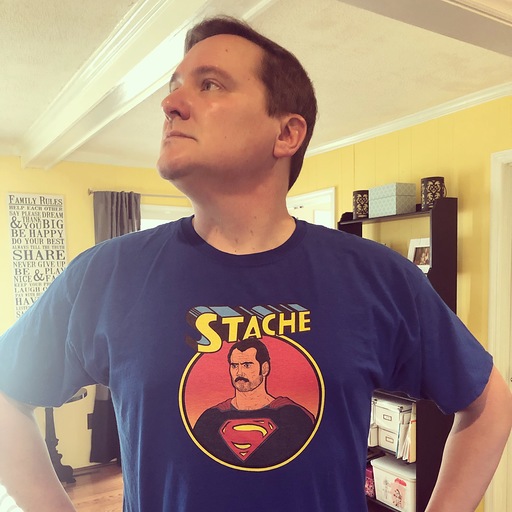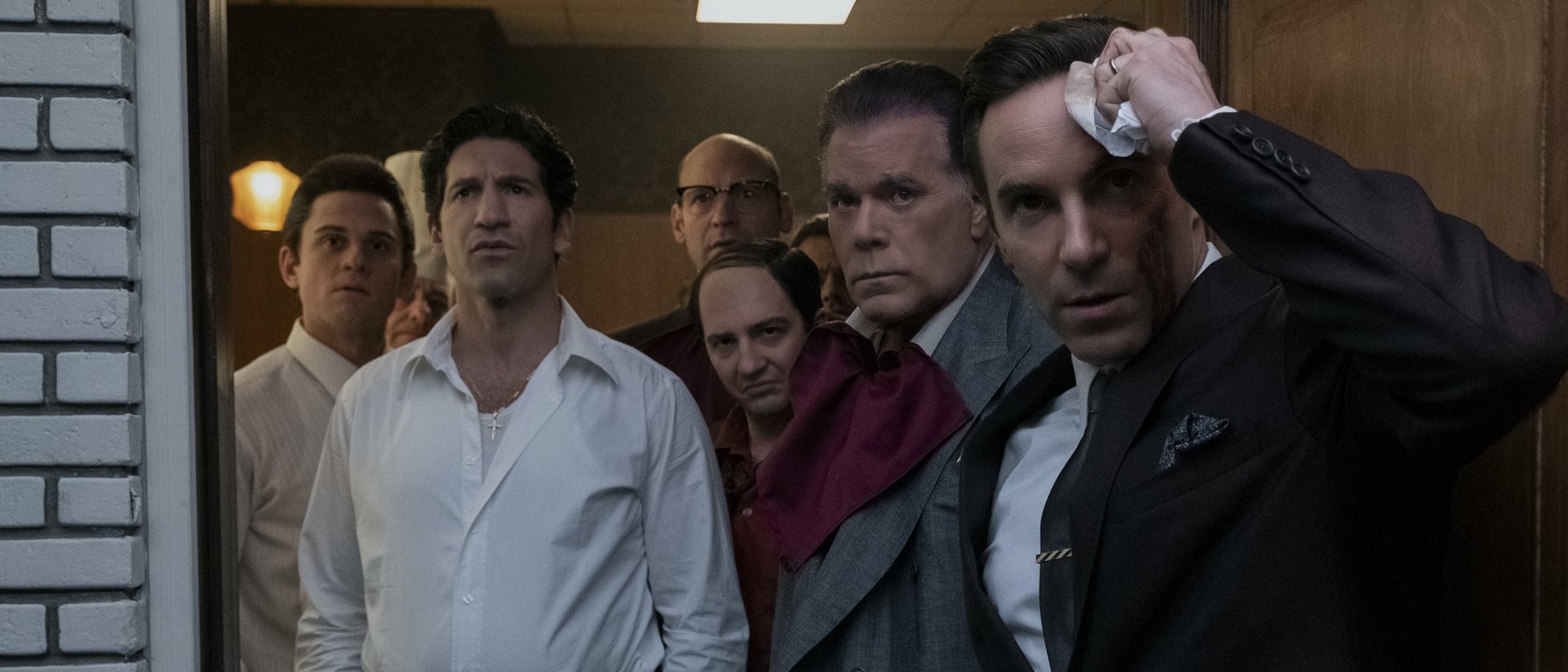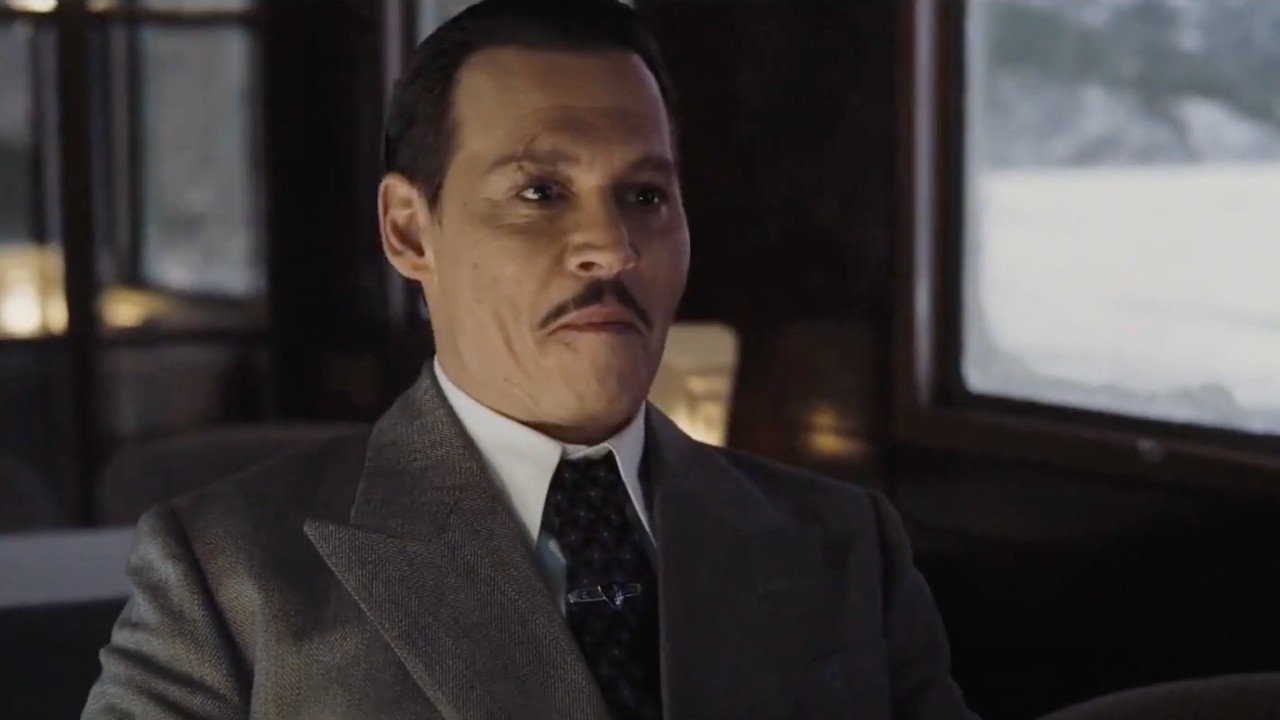The highway traveled between television shows and movies isn’t always a two-way street. For every Star Trek: The Wrath of Khan, which augmented a classic Star Trek episode to fit a larger screen, there are far too many Bewitched, Get Smart, and The Dukes of Hazzard… feature-length extensions of small-screen fare that didn’t warrant the jump.
Attempting to extend the life of something as revered as The Sopranos seems, on paper, like a disastrous idea. David Chase’s Shakespearean tragedy about a New Jersey crime lord (played to perfection by the late James Gandolfini) and the countless colorful characters in his court ranks among the best of the modern television series -- and there are plenty who’d argue it is THE best show of all time. Rolling Stone, for example, placed it atop the list of television’s greatest shows, ahead of Mad Men, Breaking Bad, The Wire, and Seinfeld.
Even if you share the adoration for Chase’s amoral gangster opera, there’s no denying that any creator wading back into waters he had previously let settle can only, at best, create waves. But the ones generated by Chase and Lawrence Konner’s script for The Many Saints of Newark only help fill in gaps of Sopranos storytelling we never knew we needed addressed, while also taking us right up to the birth of television’s most formidable antihero.
Wisely, David Chase made The Many Saints of Newark a prequel.
For starters, there’s no continuing from the final, highly controversial closing shot of The Sopranos season six, episode 21. If you know, you know -- and you’ll never think of Journey’s seminal anthem “Don’t Stop Believin’” the same way again. So instead of going forward, Chase, Konner and director Alan Taylor (Game of Thrones) move backwards to a time when iconic wiseguy Anthony Soprano is a restless teenager, and the family we grew to know and fear was in the prime of their time.
The Many Saints of Newark primarily is the story of Dickie Moltisanti (Alessandro Nivola), an influential character we heard mentioned many times on the seminal HBO series but who had died long before the story in the show got underway. Through Dickie and his connections in the mobbed-up New Jersey neighborhood, we meet a gaggle of recognizable names played by younger cast members: Tony’s manipulative mother, Livia Soprano (Vera Farmiga); Tony’s neurotic Uncle “Junior” (Corey Stoll, excellent in the part); Janice Soprano (Alexandra Intrator); and key members of Tony’s eventual “crew.”
The backbone holding all of this together is the racial division in Dickie’s New Jersey town, a heated boil that culminates in riots that Taylor shoots with intensity. The Sopranos never shied away from violence, and the bursts of anger in this feature film, while earned and in character, are still shocking given that we’re a few years removed from this unique level of blue-collar hostility that Chase infects his storytelling with.
The Many Saints Of Newark works better for fans of The Sopranos.
There are interesting talking points raised by David Chase and Lawrence Konner’s screenplay, but the impact of The Many Saints of Newark hits harder if you know and care about the family – and the “family” – at the heart of the story.
Take the opening scene, for example. Taylor’s camera glides through a cemetery, and the voices of the dead chatter away about instances in their lives, both good and bad. It’s here we meet our occasional narrator, Christopher Moltisanti (Michael Imperioli)... but unless you invested in The Sopranos, that name and his dialogue won’t register. Later, baby Christopher is passed around a family gathering, and begins to wail uncontrollably when he’s scooped up by teenage Tony (played masterfully by Gandolfini’s son, Michael). Sopranos fans will nod knowingly, because Tony kills Christopher in the show’s season finale. Casual viewers won’t get the reference.
Which is okay if The Many Saints of Newark excelled as a standalone Mafia movie, and it doesn’t. Taylor captures some better-than-average gangster cliches, but the emotional investment in the violent stakes only increases if you know and love the television program that preceded it in real life, but arrives after it on the story’s central timeline.
The Many Saints Of Newark definitively solves the mystery surrounding the ending of The Sopranos.
For real, stop reading now if you haven’t seen The Sopranos and still would like to some day.
David Chase ended The Sopranos with a smash cut to black as Tony (James Gandolfini) ate dinner with his family at Holsten’s Diner. Fans and critics analyzed the scene through and through, debating whether the abrupt ending signaled Tony’s death. (There was a guy in a Members Only jacket who went into the bathroom behind Tony, and might have retrieved a weapon a la Michael Corleone in The Godfather.) Personally, I always believed Chase was killing off his leading man, though I also loved the ambiguity of the resolution because it allowed loyal viewers to bring their own interpretation to the scene.
The Many Saints of Newark returns to Holsten’s. And it’s the circumstances that bring young Anthony to the diner that I believe completely answers Chase’s unanswered question. It’s the scene I’m most excited for fans of The Sopranos to see when this movie opens. In general, my grade for Saints applies to this who absorbed The Sopranos and were curious about the backstories of some of the show’s icons. If you aren’t that person, maybe take a star off.

Sean O’Connell is a journalist and CinemaBlend’s Managing Editor. Having been with the site since 2011, Sean interviewed myriad directors, actors and producers, and created ReelBlend, which he proudly cohosts with Jake Hamilton and Kevin McCarthy. And he's the author of RELEASE THE SNYDER CUT, the Spider-Man history book WITH GREAT POWER, and an upcoming book about Bruce Willis.











